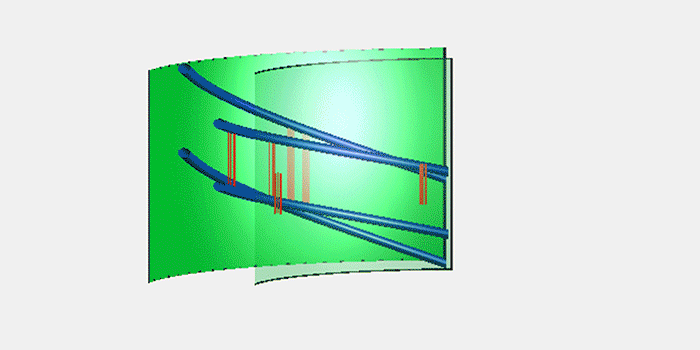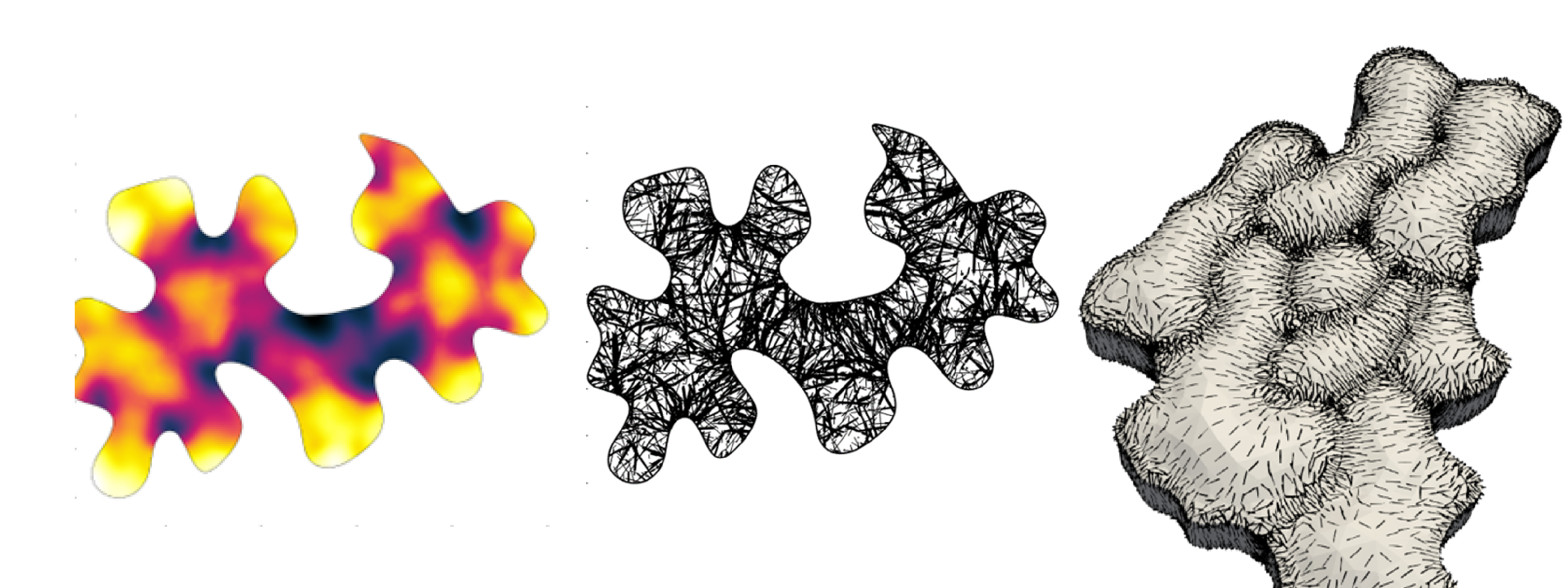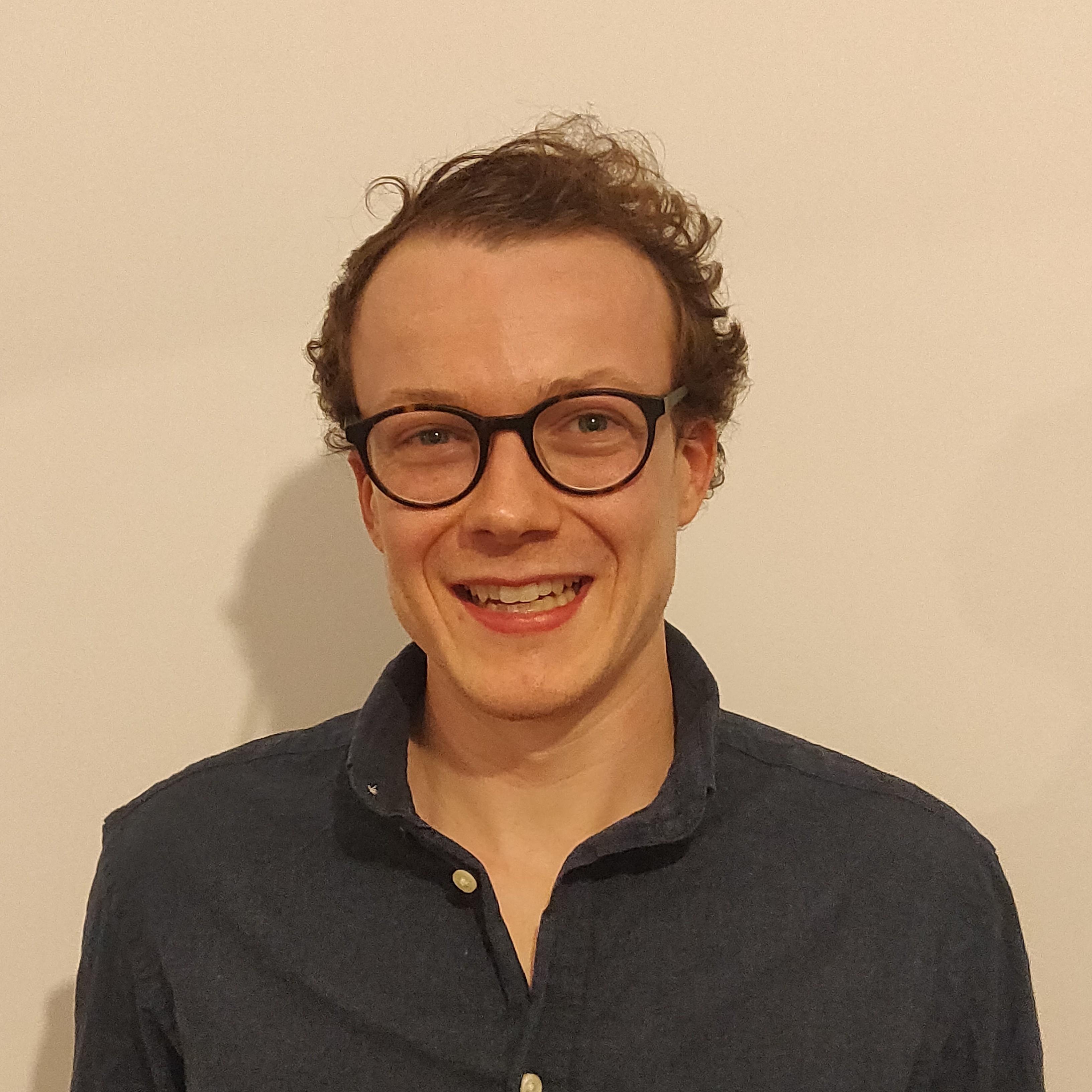Research interests
I have always been fascinated by the complex world of biology and the insights that mathematics can bring. Plants are particularly exciting with rich systems of intertwining chemical and mechanical signalling pathways. I am also interested in the fluid mechanics of swimming microorganisms.
I am especially interested in how plants grow across multiple scales. As plant cells are fixed to one another and surrounded by a rigid cell wall, every plant cell's growth and division plane has to be carefully controlled in order for plants to develop complex cell and organ shapes. However, there are many intriguing mysteries as to how exactly they do this.
To unravel these mysteries, I use mathematics, combining stochastic simulations, reaction-diffusion models and mechanical modelling, and by comparing to biological experiments, we are able to gain some remarkable insights.
During my PhD with Dr Rosemary Dyson, I researched how plants control their growth. I first examined the cell wall structure to investigate the important questions of how specifically the cell wall is structured and how it is loosened/softened to permit growth at the microscale. I then explored how plants control their growth on the cell scale by looking at how pavement cells (the outermost epidermal cells of plants that grow in jigsaw-like shapes) form and develop complex and fascinating puzzle-like shapes.
The hypothesised principles behind cell wall growth where the cellulose molecules (the blue rods) are stretching, reorientating and moving through the cell wall and are connected via "biological hotspots" (the orange groups of fibres), which are stretching and breaking as the cell wall extends.
Simulations of the chemical signalling and microtubule networks in plant pavement cells that influence their growth.
At SLCU, I am investigating how plants control their shapes at the tissue scale, where plant cells have to carefully divide in order to maintain correct organ morphogenesis and function. Thus I am trying to understand how the cell division plane is determined and how this division can alter cell and tissue geometry. We are also interested in how cell division can then alter the mechanical stress of the system. First in an isolated cell, then in a tissue context.
Key publications
Smithers, E.T., Luo, J. and Dyson, R.J., 2019. Mathematical principles and models of plant growth mechanics: from cell wall dynamics to tissue morphogenesis. Journal of Experimental Botany, 70(14), pp.3587-3600. https://doi.org/10.1093/jxb/erz253



